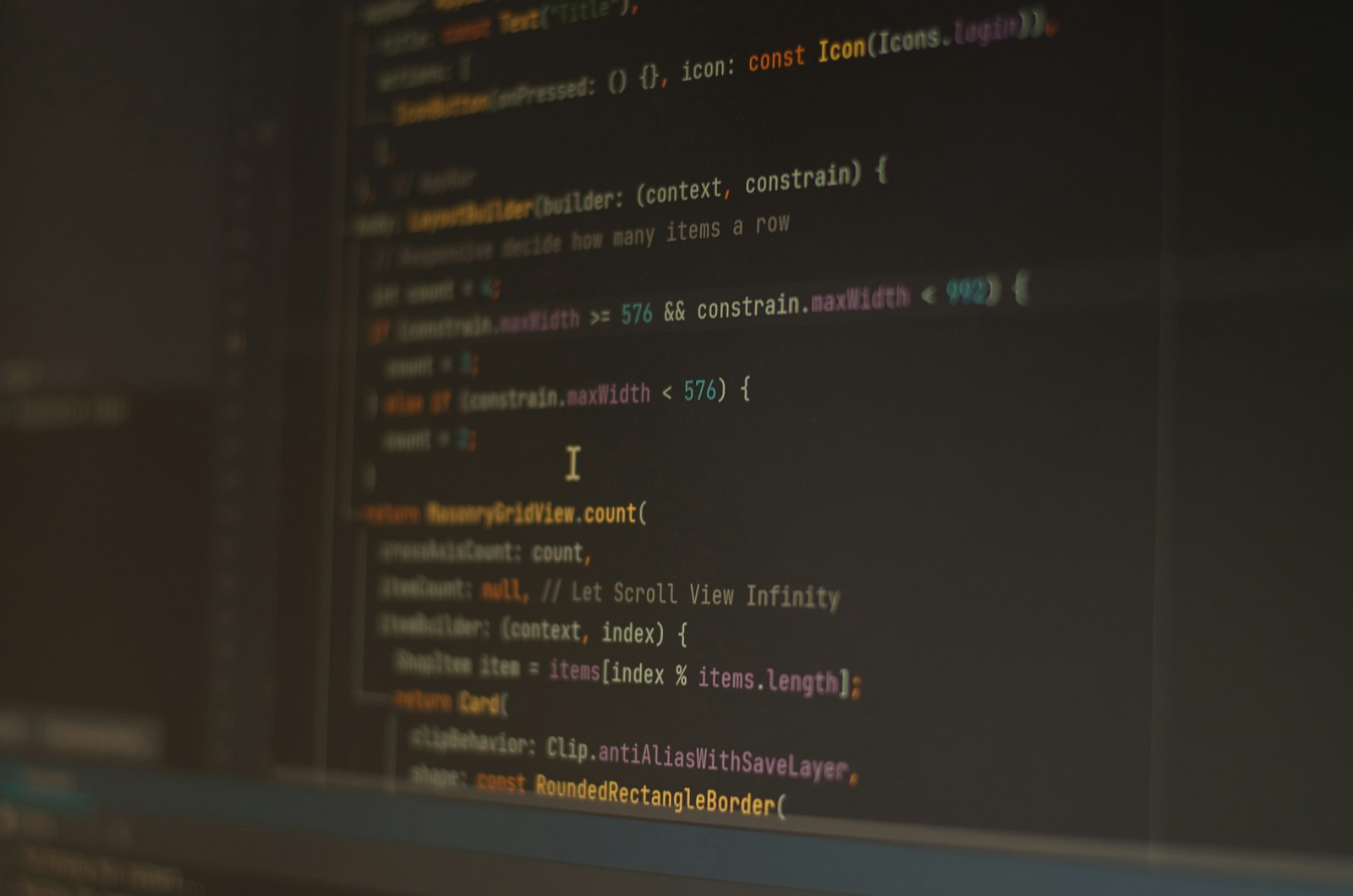When developing with Flutter and Dart, encountering the “instance of ‘Future<dynamic>’” error can be a bit puzzling at first. Let’s break down what this error means, and then I’ll guide you through some steps to resolve it.
What are Futures in Dart?
In Dart, a Future represents a potential value or error that will be available at some point in the future. Futures are part of Dart’s approach to dealing with asynchronous operations. For instance, fetching data from a network or a database query are operations that complete asynchronously.
A Future in Dart can be in one of three states:
- Uncompleted: The asynchronous operation is still running.
- Completed with a value: The operation finished successfully with a result.
- Completed with an error: The operation encountered an error.
When you see a result like “instance of ‘Future<dynamic>’”, it generally means that a Future object is being printed directly, rather than handling its result. This output is the default toString() representation of a Future that hasn’t completed yet.
Why Does This Error Occur?
This issue typically arises under these scenarios:
- Forgetting to
awaitaFuturewhen an asynchronous operation’s result is needed immediately. - Not handling the
Futureproperly, leading to the direct printing or misuse of the uncompletedFuture.
How to Fix It
Here are some steps to fix the “instance of ‘Future<dynamic>’” error, assuming you have intermediate experience with Flutter and Dart:
Step 1: Identify the Future
First, locate where the Future is being generated in your code. This will usually be a function call that interacts with asynchronous data, such as a network request or database call.
For example:
Future<String> fetchUserData() {
return Future.delayed(Duration(seconds: 2), () => "User data");
}Step 2: Await the Future
Ensure that you await the Future when you need its result. This must be done in an asynchronous function, i.e., a function declared with async.
Future<void> printUserData() async {
String data = await fetchUserData();
print(data); // This will correctly print "User data"
}Step 3: Check for Missing await
If the “instance of ‘Future<dynamic>’” occurs because you forgot to use await somewhere, add it accordingly. This is a common mistake which leads to the runtime handling the Future as a normal object rather than waiting for its completion.
Step 4: Use then() as an Alternative to await
If refactoring to an async function is not suitable, use the then() method to handle the Future:
void printUserData() {
fetchUserData().then((data) {
print(data); // This will print "User data" after it is fetched
}).catchError((error) {
print('An error occurred: $error');
});
}Tips for Handling Futures
- Always ensure your
Futurehandling code is withintry-catchblocks if usingawait, to handle exceptions gracefully. - Use
Future.then()if chaining multiple asynchronous operations without making the function asynchronous. - Use proper type annotations to avoid ‘dynamic’ types unless necessary. This improves code readability and safety.

Leave a Reply